Rome feels timeless. But nowhere does its ancient pulse beat louder than at the Colosseum. I've wandered through these arches countless times, each visit unveiling new secrets and insights. Ready to dive into fascinating Colosseum history facts? Let's step inside together. And if you really want to experience the story and cultural context of the Colosseum, try out the StoryHunt immersive audiowalk in Rome.
What is the story behind the Colosseum?
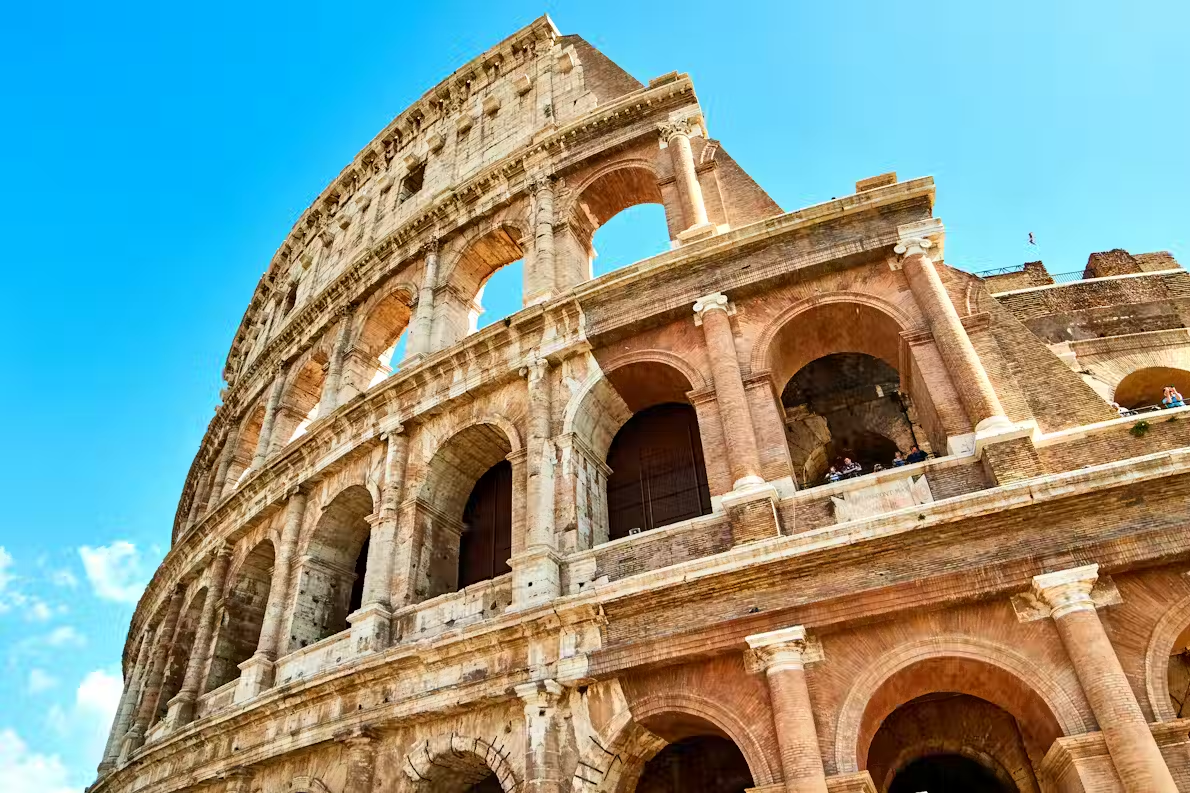
Built between 72 and 80 AD by Emperor Vespasian and his son Titus, the Colosseum symbolized Roman power, entertaining over 50,000 spectators. Originally called the Flavian Amphitheatre, this monumental arena hosted gladiator battles, animal hunts, and public spectacles. Walking through today, you almost hear the echoes of crowds roaring, swords clashing, and emperors signaling fate with a thumb.
How long did it take to build the Colosseum?
The Colosseum rose remarkably fast for its complexity: approximately eight years. Considering its massive scale, intricate underground tunnels, and complex seating tiers, it’s an extraordinary achievement. Romans clearly loved spectacle and didn’t enjoy waiting long. Imagine the excitement as Romans watched their beloved amphitheater materialize - talk about ancient hype!
Is the original Colosseum still standing?
Yes and no. While the impressive structure you see today is indeed original, earthquakes, fires, and stone scavenging through centuries have taken a toll. Much of the outer walls and seating areas collapsed or were repurposed. Still, enough survives to vividly glimpse its ancient grandeur, making your visit an authentic time-travel experience worth every step.
Enhance your experience further - let StoryHunt’s immersive audio tour reveal hidden stories behind each crumbling arch.
Is the Colosseum free to enter?
The Colosseum typically isn’t free to enter, but Rome offers occasional free-entry days. Ticket prices depend on your choice - standard entry or guided tours. I highly recommend booking ahead online to skip notoriously long queues. Trust me, arriving with tickets already in hand saves you precious Roman sunshine hours and frustration.
Here are helpful quick tips:
- Book online in advance
- Consider a combined ticket (Colosseum, Roman Forum, Palatine Hill)
- Check Rome’s museum website for free-entry dates
What is the gate of death in the Colosseum?
The Colosseum’s “Gate of Death” (Porta Libitinaria) is its most chilling aspect. Located on the east side, it was the exit through which slain gladiators and animals were carried. Standing near it today is eerie. Visualizing victorious gladiators leaving one side and the defeated tragically exiting here, history becomes starkly real - tragic, yet fascinatingly human.
Did gladiators always fight to the death?
Contrary to Hollywood depictions, gladiators didn’t always fight to death. Training gladiators was costly, and skilled fighters gained celebrity status. Most matches ended when a gladiator surrendered or was injured. Still, fatalities occurred regularly. Visualize the tension of 50,000 spectators awaiting a thumbs-up or down from the emperor - talk about dramatic suspense!
Were naval battles really held inside the Colosseum?
Amazingly, yes. At least initially. The Colosseum once hosted “naumachiae” (mock naval battles) requiring flooding of the arena’s floor. Complex hydraulic systems filled the arena, creating surreal spectacles with ships and naval warriors battling before astonished spectators. Later, underground chambers replaced these water shows, becoming staging areas for gladiators and animals - still visible today beneath the arena floor.
You can hear much more about this with StoryHunt immersive audiowalk in Rome.
Why does the Colosseum have holes?
The Colosseum’s distinctive holes resulted from centuries of scavenging iron clamps originally holding stones together. After Rome's fall, locals repurposed this iron, melting it down for other projects. Ironically, these gaps, evidence of human ingenuity and recycling, now provide an unexpectedly beautiful, unique texture, letting sunlight pour dramatically through.
Is it worth seeing the Colosseum?
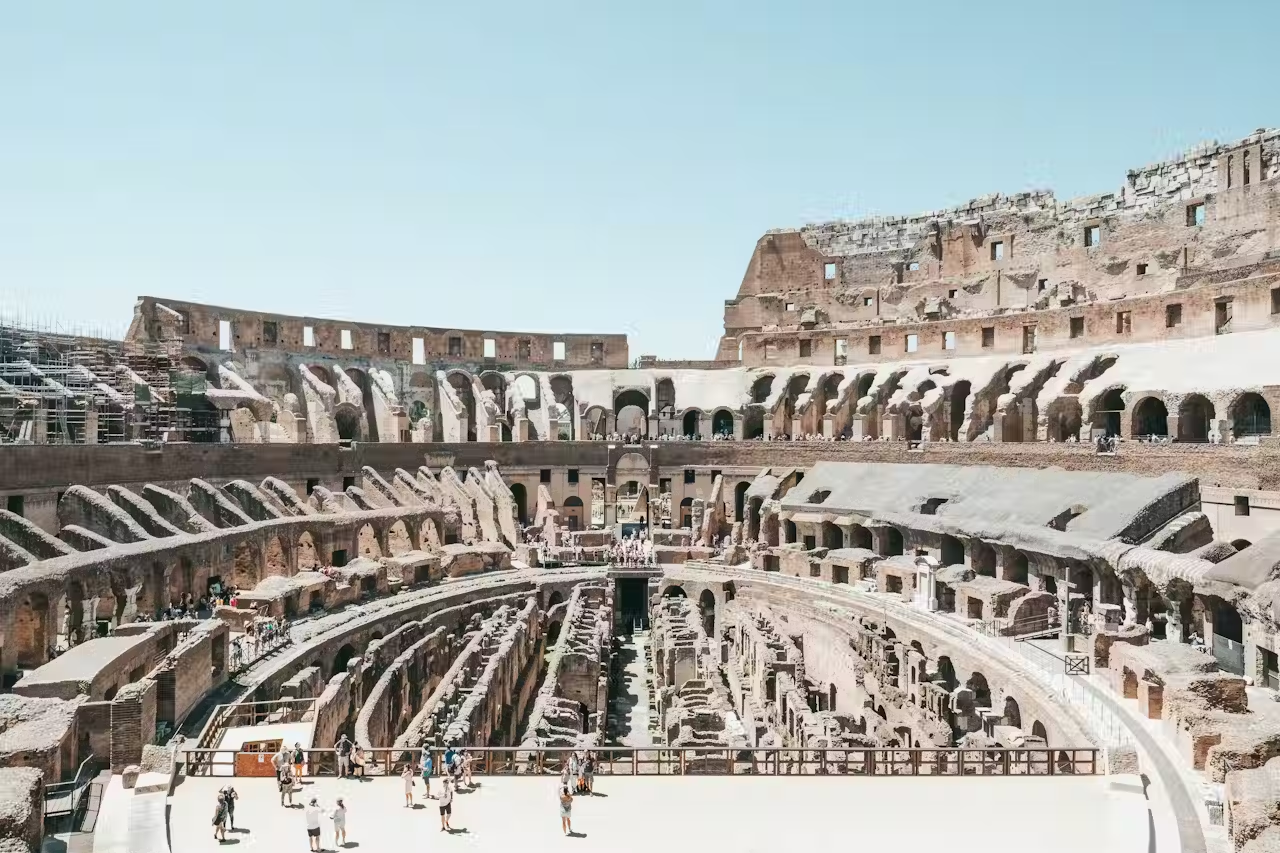
Absolutely. Without hesitation. Visiting the Colosseum isn’t merely sightseeing, it's experiencing Rome’s visceral past firsthand. Each ancient stone whispers powerful stories, struggles, and triumphs. Combine your exploration with StoryHunt’s audio walk, and history transcends textbooks, becoming an immersive, captivating adventure.
Here’s why visiting the Colosseum is essential:
- Iconic symbol of Rome’s history and culture
- Remarkably well-preserved ancient structure
- Authentic glimpse into Roman public spectacles and daily life
What else is nearby the Colosseum?
The Colosseum’s central location makes it ideal for further exploration. Several iconic sites lie close by, enriching your Roman adventure:
- Roman Forum: Adjacent to the Colosseum, this bustling ancient hub reveals temples, marketplaces, and political history.
- Victor Emmanuel II National Monument: Grandiose marble architecture earning the nickname "the Wedding Cake," offering fantastic city views.
- Pantheon: Majestic and timeless, Rome’s best-preserved ancient temple showcases stunning architecture and fascinating history.
- Trevi Fountain: Rome's famous baroque fountain, perfect for tossing coins and wishing your Roman return.
Explore these sites effortlessly and enjoyably through StoryHunt’s unique storytelling audio experience.
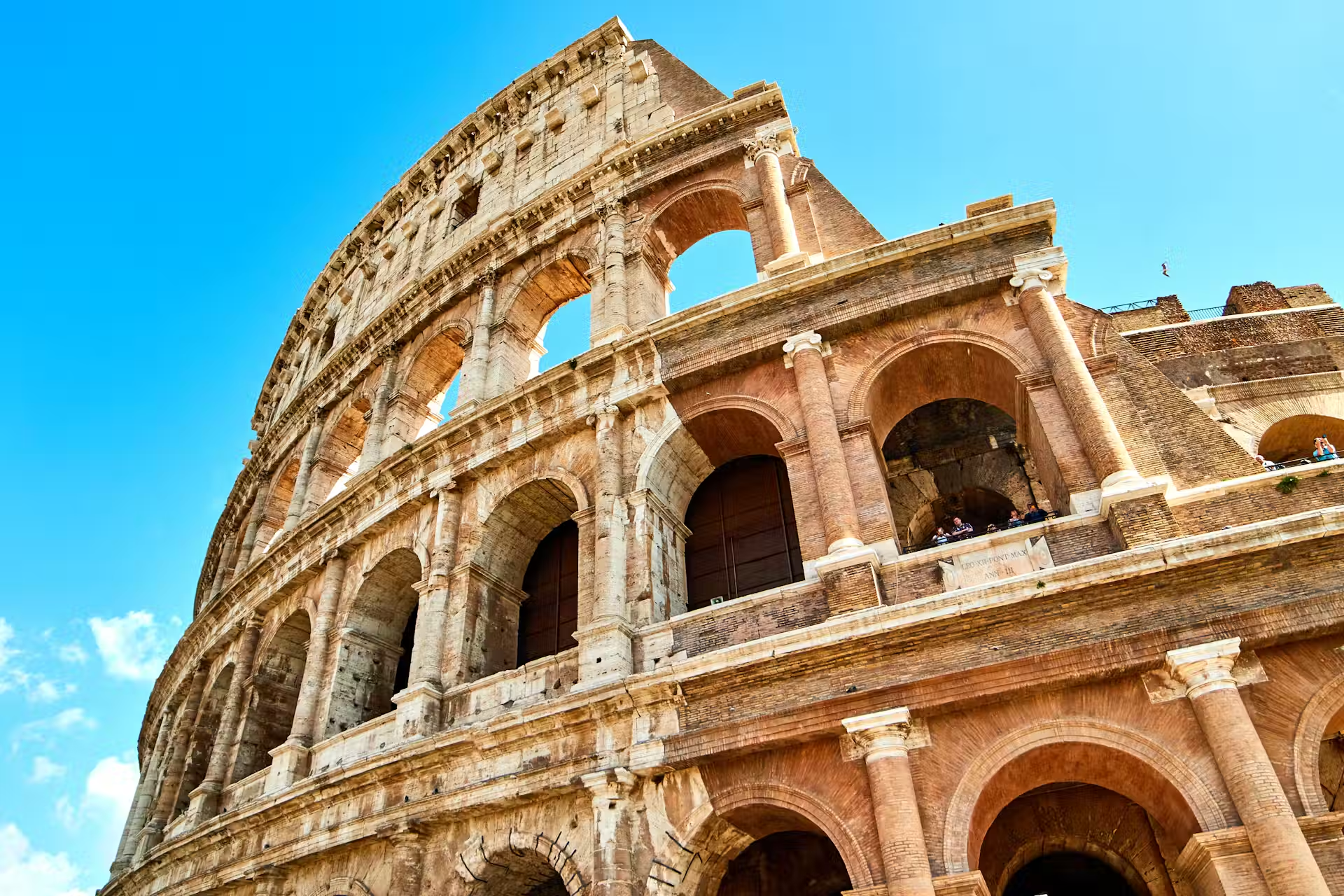
.webp)


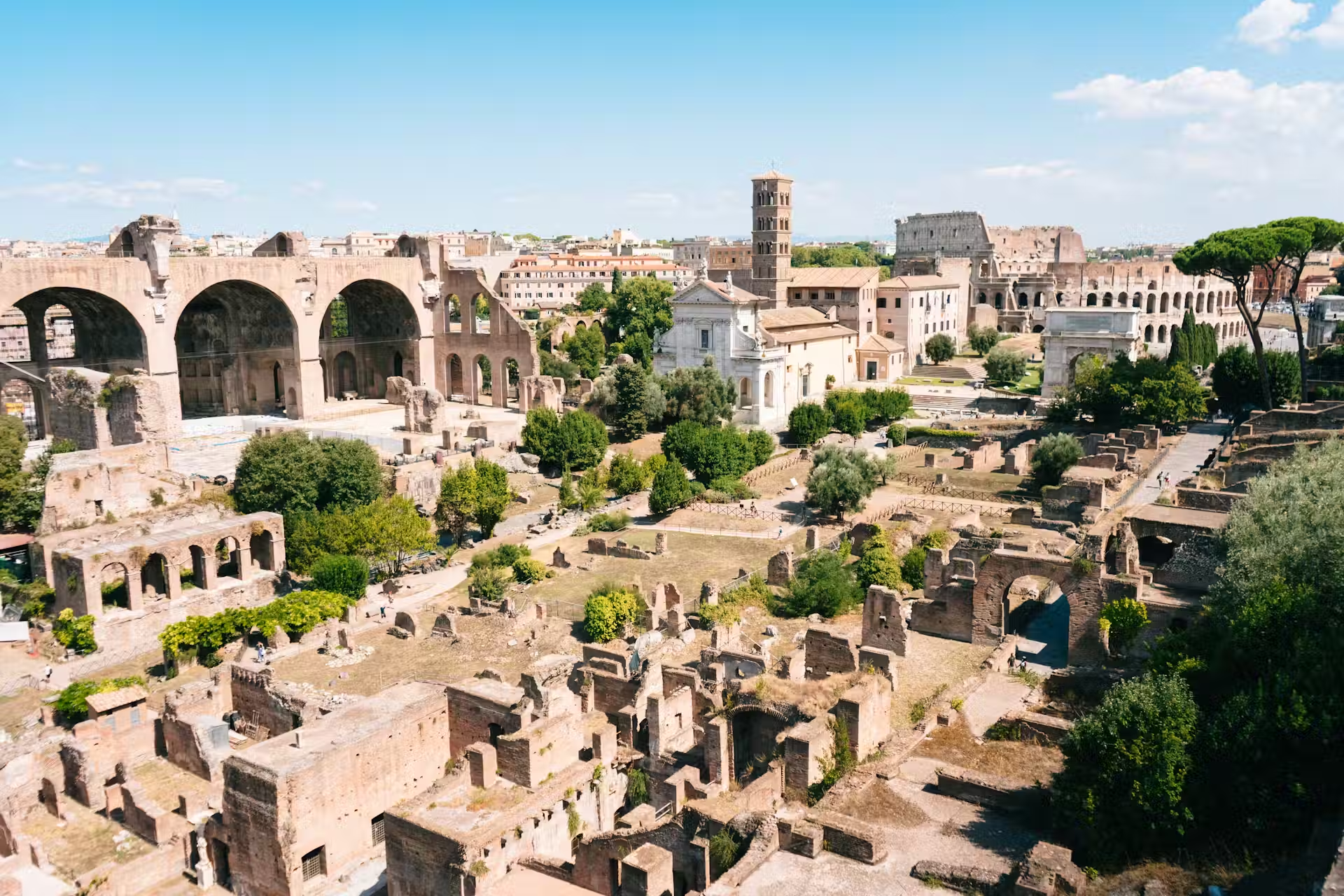
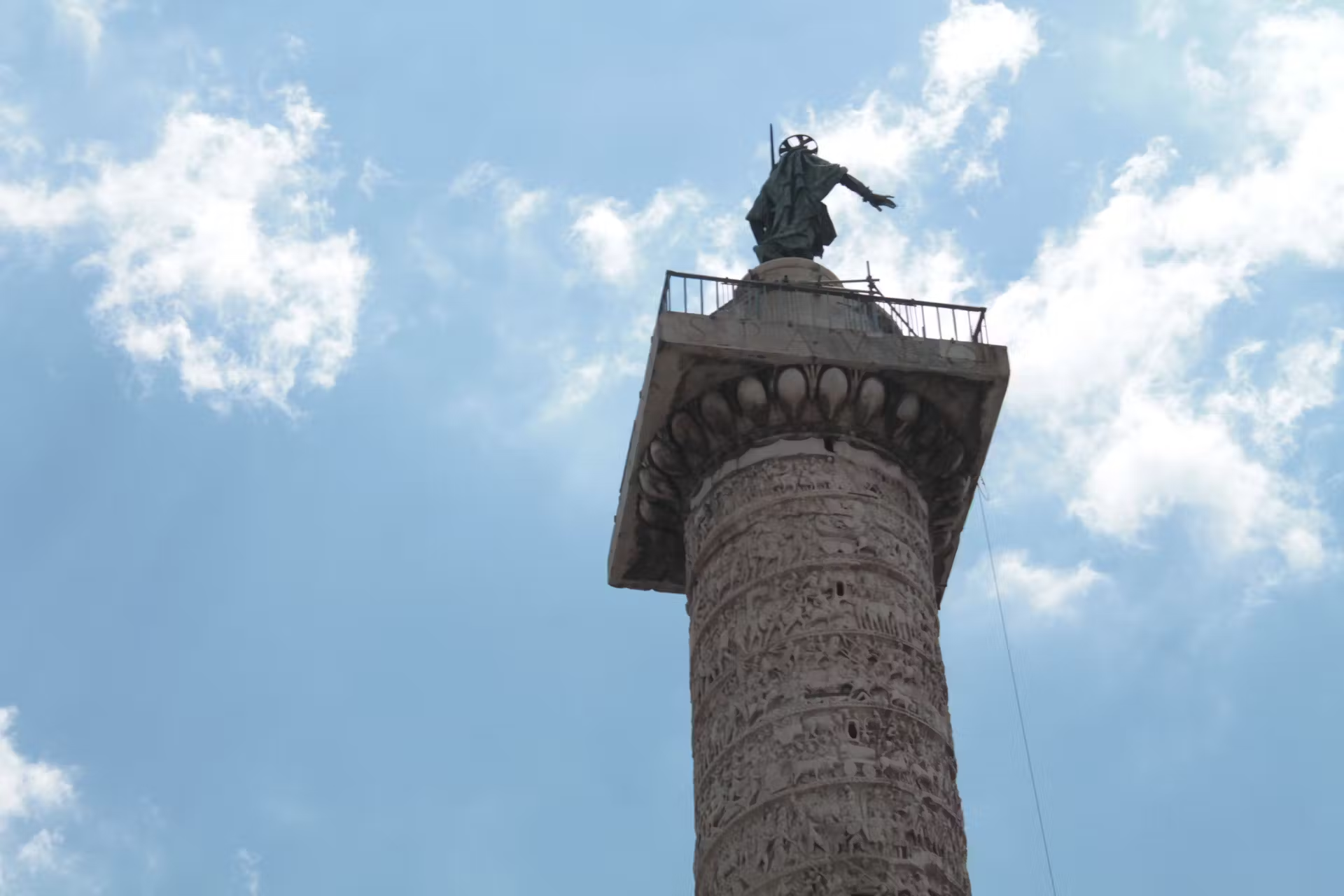
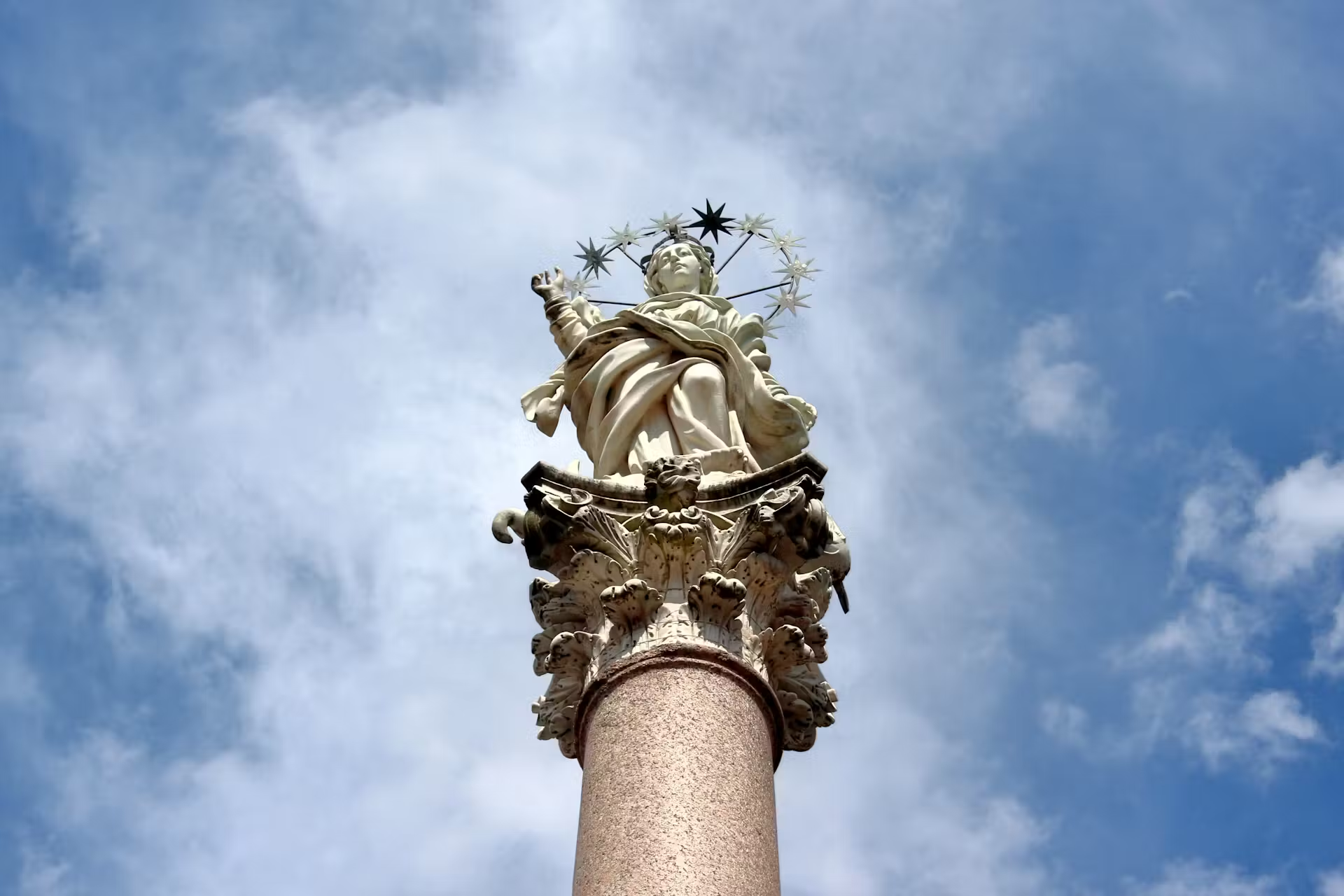
.avif)





